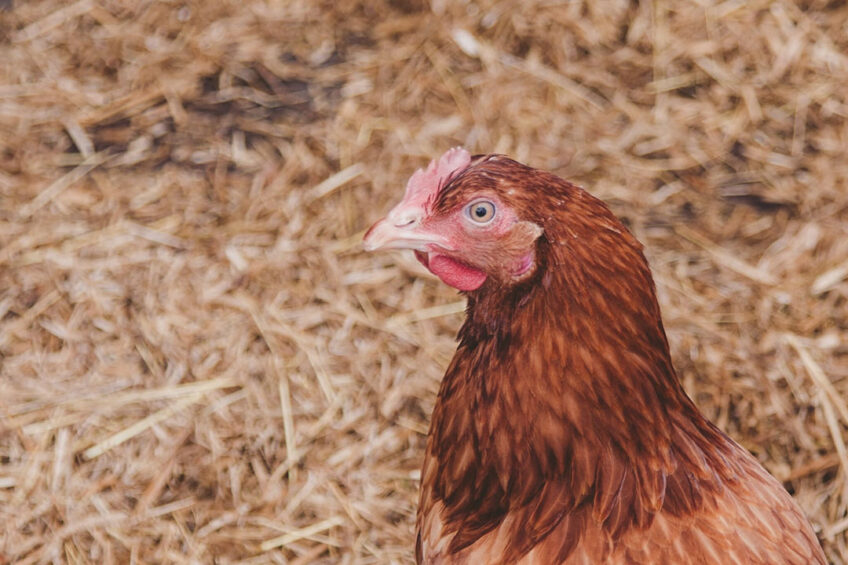Changes in emergency on-farm killing of poultry

Manual cervical dislocation remains the most prevalent method used in the UK for killing on-farm poultry despite legislation introduced 10 years ago.
Mindful of the inevitable situations that require birds to be emergency killed on farm to alleviate pain and suffering, regulations were brought in at EU and UK level through the European Council Regulation 1099/2009 and the Welfare of Animals at the Time of Killing Regulations.
Cervical dislocation at the time was reported to be the most widely used method prior to these legislative changes, which took place from 1 January 2013.
Scientific evidence regarding welfare
Based on the scientific evidence available and concern for bird welfare, these legislative changes incorporated restrictions based on bird weight for both manual (<3kg) and mechanical (<5kg) cervical dislocation, and introduced an upper limit in the number of applications for manual cervical dislocation of up to 70 birds per person per day. It also removed methods which showed evidence of crushing injury to the neck.
However, since the legislation was introduced, new scientific evidence surrounding the welfare consequences of cervical dislocation and the development of novel methods for killing poultry in small numbers on farm have become available.
The adoption of novel methods?
A study by The Royal (Dick) School of Veterinary Studies, Edinburgh University, looked at whether the UK poultry industry had adopted the novel methods and whether reform had resulted in a change in the use of cervical dislocation.
Responses from 215 respondents working across the UK poultry sector were obtained. Despite the legislation, manual cervical dislocation remains the preferred method used across the UK for killing poultry on farm (100% of farms) and remains the preferred method among respondents (81.9%).
The use of alternative methods such as the Livetec Nex and captive bolt guns were available to less than half of individuals and were not frequently employed for either broilers or laying hens.
A lack of a clear alternative
The data produced suggests there is a lack of a clear alternative to manual cervical dislocation for individuals working with larger species as well as a lack of gold standard methodology.
The authors say this risks bird welfare at killing and contributes to inconsistencies across the industry. They suggest there is a need to provide stakeholders with practical alternatives prior to imposing legislative changes. Effective knowledge transfer should take place between the scientific community and stakeholders to promote positive change and protect bird welfare.
*The report, ‘A decade on: where is the UK poultry industry for emergency on-farm killing?’ is published in the journal Poultry Science.
Join 31,000+ subscribers
Subscribe to our newsletter to stay updated about all the need-to-know content in the poultry sector, three times a week. Beheer
Beheer








 WP Admin
WP Admin  Bewerk bericht
Bewerk bericht